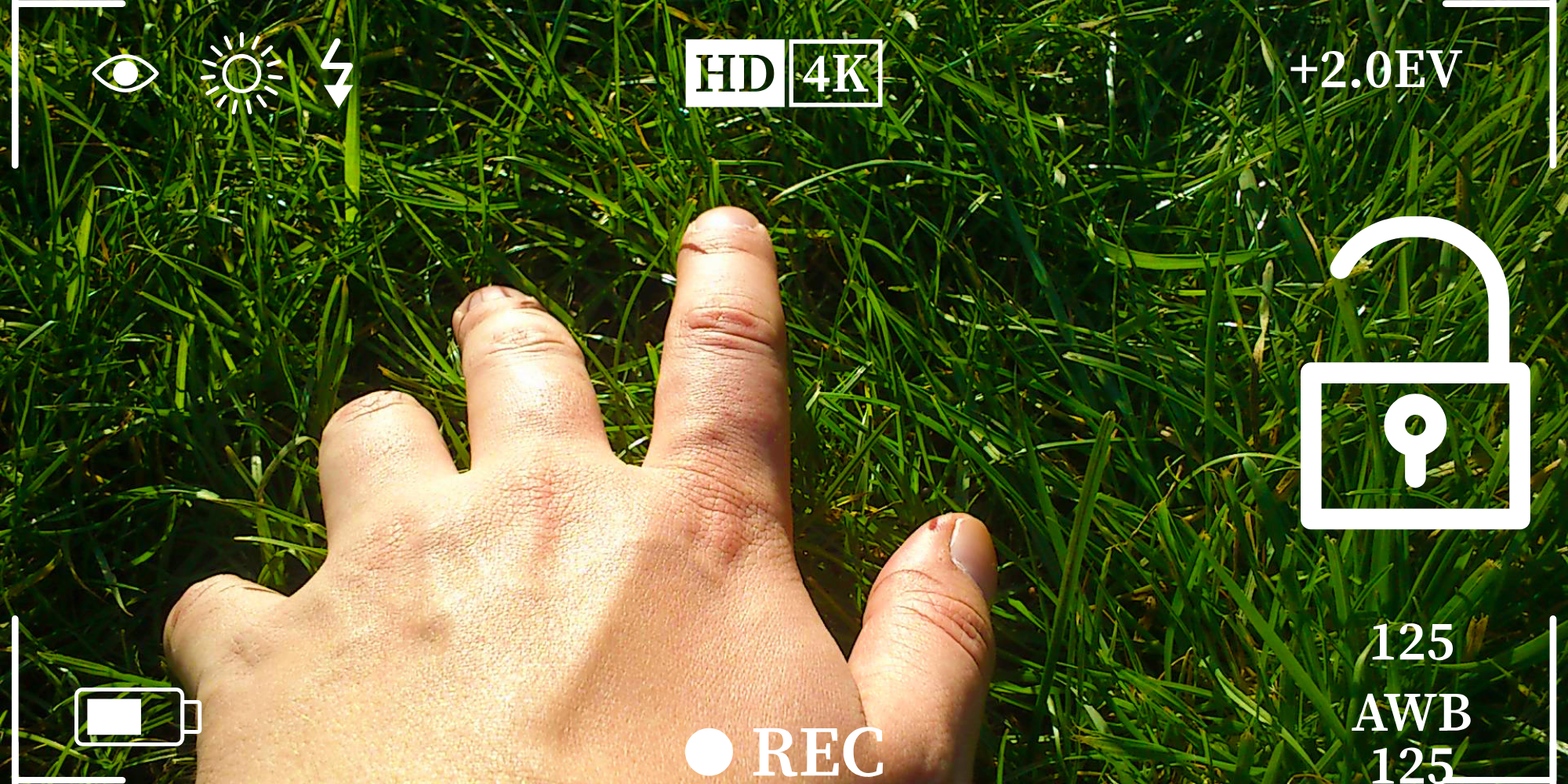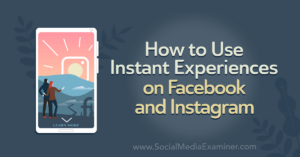
In a digital world dominated by endless scrolling, short-form dopamine hits, and the constant hum of online noise, one app is daring to do what most platforms won’t—make you step outside before you scroll. Created by developer and creator Rhys Kentish, the viral Touch Grass app is not just a clever joke. It might be the most needed digital detox tool of our time.
It’s part satire, part science-backed strategy, and all about encouraging people to reconnect with reality. And it’s taking social media by storm.
What Is Touch Grass?
“Touch grass” has become internet slang for telling someone to log off and get a reality check—usually hurled at people buried too deep in online drama. But Rhys Kentish took the phrase literally and turned it into a brilliant behavioral nudge.
The Touch Grass app blocks access to selected social media platforms until you take a selfie outdoors. Not in your room. Not next to a window. Outside.
Using geolocation and light detection technology, the app verifies that you’ve physically stepped out. Once confirmed, it unlocks your access to the apps you chose to gate. Until then? No Twitter/X. No TikTok. No endless doomscrolling.
How It Works: Simple, Funny, and Smart
The app’s charm lies in its simplicity. After setup, Touch Grass acts as a filter between you and your most addictive platforms. You designate which apps you want to restrict—typically the big attention sinks like Instagram, TikTok, or X (formerly Twitter).
Then comes the clever bit: to unlock access, you must take a selfie outside. The app uses natural light detection and GPS to ensure you’re not faking it.
Once verified, your apps unlock—often just in time for you to forget why you wanted to scroll in the first place.
It’s a quirky, friction-based approach to screen time control. But beneath the humor lies a serious point: technology should serve our lives, not consume them.
Why It Struck a Chord
Touch Grass isn’t just a viral hit because it’s funny (though it absolutely is). It resonates because we all recognise the problem it’s solving:
- Screen time is at an all-time high.
- Mental health challenges are rising.
- Nature deficit disorder—yes, it’s a real thing—is now common in urban lives.
- People are craving boundaries, even if they need a push.
By turning the act of touching grass into a digital checkpoint, the app gamifies going offline. It rewards you not with a badge or a filter, but with access to the very platforms it’s helping you rethink.
Backed by Psychology, Wrapped in Humor
The app may have a meme-worthy name, but its foundations are psychologically sound.
Studies show that even 10 minutes outdoors can reduce stress, improve mood, and sharpen focus. Sunlight regulates circadian rhythms. Physical movement boosts dopamine levels naturally. And perhaps most importantly, nature helps reset our overstimulated brains.
What Touch Grass does is insert a moment of intention between the urge to scroll and the act itself. That tiny pause—where you walk outside, breathe fresh air, and lift your eyes from the screen—can make all the difference.
The Rise of Conscious Tech
Touch Grass is part of a growing movement toward conscious tech design—tools that help us use technology without being used by it.
Other examples include:
- One Sec – an app that delays access to addictive apps to reduce impulse use
- Forest – which rewards you for staying off your phone by planting virtual (and sometimes real) trees
- Minimalist phones like the Light Phone that strip away distractions
But what makes Touch Grass stand out is its cultural fluency. It speaks the language of the internet generation, blending meme culture with mindfulness. It doesn’t shame you for wanting to scroll; it just asks you to do it after you’ve touched grass.
Final Thoughts: A Step in the Right Direction
Touch Grass is not about rejecting technology—it’s about using it more intentionally. It’s about recognising that while our phones are powerful tools, so is a walk outside. So is sunlight. So is air that hasn’t passed through a vent.
In an era where apps fight for our attention, Touch Grass is fighting for our presence.
So the next time your thumb instinctively swipes to TikTok or X, imagine your phone telling you: “Not yet. Go touch some grass first.”
Because maybe what we all need isn’t more content—it’s more context.










